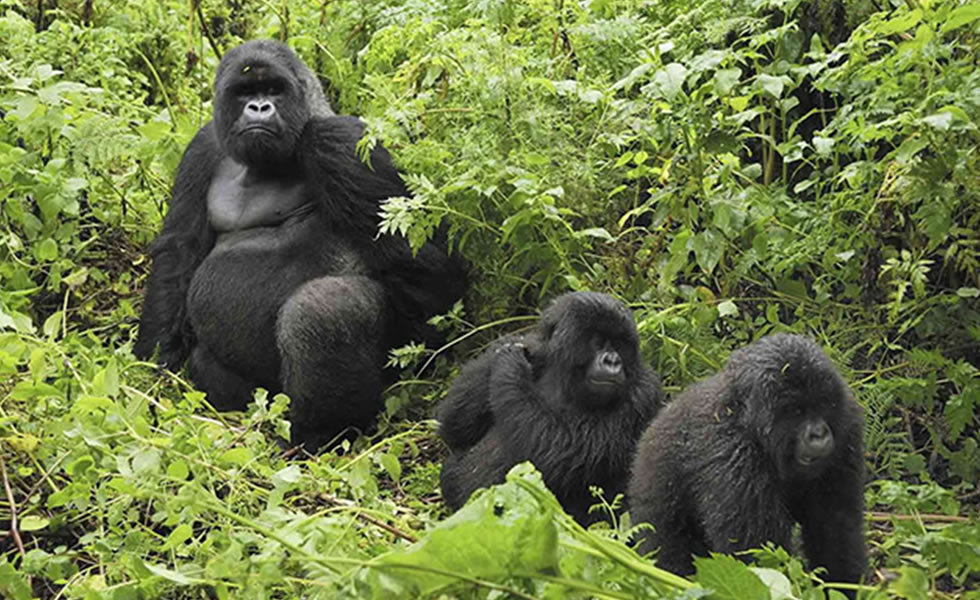
10 Amazing Animals to See in Uganda & Rwanda
One of the extra unique features that differ the East Africa from the rest of Africa is the Wildlife. Countries of Uganda and Rwanda have diverse, unique and more attractive wildlife. Therefore it is easy to understand why a plethora of Wildlife addicts check in per year. Varying from Wildlife, different bird species, reptiles to insect species, these countries with its numerous regions offers spectacular wildlife encounters of a lifetime.
Off all the regions, East Africa is an exceptional destination. Uganda and Rwanda are a must-see, below is the highlight about some of the wildlife and other species you should expect to see while on a wildlife safaris to any of these countries.
- African Bush Elephant; Elephants are of two types including African Savannah and Bush elephants. There are one of the biggest animals and are amongst the African Big fives. There are called so because they were difficult to hunt on foot. When compared, female elephants are smaller in size. A large male can stand up to 13 feet tall and weighs 11.5 tons. Elephants are herbivores in nature and mostly feed on Savannah grass and tree leaves. Today these animals are a must see for any wildlife lover. There are mostly found in Queen Elizabeth, Murchison Falls, Lake Mburo, Kidepo Valley National Park and Akagera National Park.
- Uganda Kob; Antelopes make up a good percentage of Uganda’s wildlife. Over twenty nine species are residents to the country including Uganda kobs, the country’s national antelope. Kobus kobthomasi (Uganda kob) is a subspecies of the kob. These animals are small in size. Males usually weigh up to 200 pounds and the size of females range between 130 -140 pounds.
- African Lion; Amongst the African Big fives, this is more preferred by Wildlife lovers. It is inclusive of Uganda’s animals and the most social of the big cats. Lions are omnivores, only feed on fresh and antelopes are their main feeds. Lions live in groups (prides) that include cubs, females and adult males. Cubs are usually born at the same time and it’s the lioness’s responsibility to take care of them along with hunting for some food. Males usually protect the prides from enemies. These animals are common in Queen Elizabeth, Murchison Falls and Kidepo Valley National Park.
- Cape buffalo; Cape buffaloes are a subspecies of the African buffalo. This is another member of the African big fives. Buffaloes are more dangerous and killed the highest numbers of the big game hunters. Both males and females have horns. There are herbivores; only feeds on grass and tree leave. A male buffalo can weigh up to one ton and its six feet when standing. These animals usually live in herds that consist of thousands of members.
- Black & White Rhinoceros; Rhinoceros are also among the African Big Fives. There are herbivores in nature and only feed on grass. They were typical residents in Uganda, but due to unfavorable conditions (constant civil wars, diseases, limited pastures and hunting), these animals phased out of the country. In 2005, the rhino fund in association with Uganda Wildlife Authority established Ziwa Rhino Sanctuary with the aim of reintroducing these animals back to Uganda. Rwanda’s Akagera is home to the species of Black Rhinoceros.
- Sitatungas; A sitatunga is a semi –aquatic antelope that mostly live in swamps. It usually swims with the help of its splayed feets. Male Sitatungas are larger than the females; they can weigh up to 275 pounds and 63 inches long. These antelopes are common in Lake Mburo and Queen Elizabeth National Park.
- Hippopotamus; Hippos are aquatic species and one of the animals that inhabit Uganda’s lush habitats. There are closely related to dolphins and whales. The reason why these species spend a lot of time in water is because they have no sweat glands. Hippos are large enough and rank the third largest terrestrial mammals after elephants and buffaloes. Though hippos are aquatic, they mostly feed on grass. If you after them, endeavor to be to partake a launch trip cruise along the Kazinga channel in Queen Elizabeth Park or Murchison Falls National Park.
- Rothschild’s giraffe; Also known as Uganda giraffe, Rothschild’s is the tallest among the varied subspecies of giraffes. It can stand up to 19 feet. There are herbivores and feed on tree leaves. These giraffes are endangered and few still enjoy Uganda’s lush habitats. While in Uganda, you can only find them in Murchison Falls National park and Kidepo Valley National Park.
Others;
Birds; If Wild animals do not appeal, Uganda is famous for Bird watching. This remarkable destinations are home to thousands of unique species including the rare shoebill stork.
Reptiles; Other than Wild animals and birds, Uganda and Rwanda are idyllic places to check out for variety of reptiles. Some of the common species are lizards, snakes, chameleon, turtles and crocodiles.
Wildlife can be found in National Parks, Game reserves and Sanctuaries as the main habitats for all the above mentioned Wildlife species.
In Uganda, wildlife can be best seen in several national parks that include Queen Elizabeth National Park, Murchison Falls National Park and Lake Mburo National Park, Interesting savanna animals can also be seen in the Kidepo National Park in the remote north eastern part of Uganda. Primates can be best seen in Kibale Forest National park, home to over 13 different primate species. Other places where you can see primates include Budongo game reserve and Kalinzu Forest Reserve can’t miss the list.
In Rwanda, savanna animals can be seen in Akagera National Park, a small savanna national park in the eastern part of the country.
While in Uganda or Rwanda, there is no better way to soak up the country’s diverse Wildlife than with a Game drive and game viewing. From a pop up roof of a suitable Safari landcruiser, views of Wild life, birds and the Wilderness are inspirational.
Read More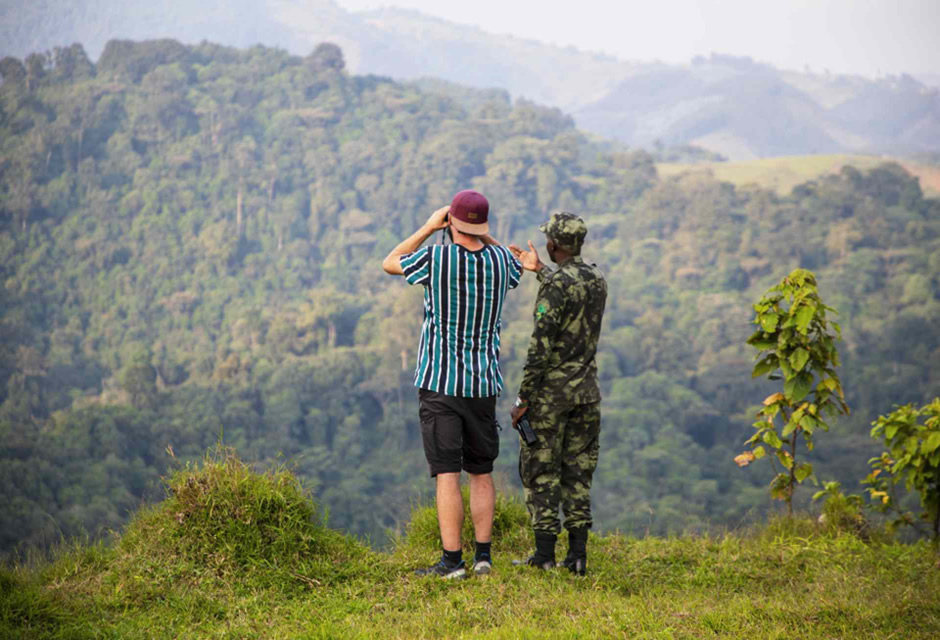
Top Birding Place In Rwanda
When you think of an African safari to Rwanda, expect to see more than just mountain gorillas but also numerous exciting and inspiring birds. About 750 rare bird species are widely distributed in various parts of this stunning country making it one of the most ideal destinations for bird watching. With an area coverage of about 26338 square kilometers, this country features intense bird concentration per square kilometers in Africa. Each of the sites is composed of rare birds and they include among others;
Kigali city
For any plans to go on a birding tour in Rwanda, start your exploration in Kigali capital city which lies just at the entry point to this country via Kigali airport. While birding in this magical country, you will be left amazed by incredible birds. Around Lake Nyarutarama just at the border to the Kigali golf course, you will find distinct birds for you to sight at. You can also visit Nyabarongo wetland which equally offers walking trails and excellent birding encounters. While on a birding tour in Kigali expect to spot birds like brown-throated wattle eye, cardinal woodpecker, African grey hornbill a mention but a few.
Albertine eco-region
This region comprises mountain ranges that formed as a result of uplift and volcanic eruption. It expands to cover parts of western Rwanda and covers 5 countries. The Albertine region is a famous hub for the afro-montane inhabitants comprising of incredible fauna and flora with 40 bird species as well as a variety of wildlife species.
Volcanoes National Park
Suitably located in northwestern Rwanda, Volcanoes National Park is remarkably one of the most ideal tourist sites for birding. This park features five of the Virunga Mountain ranges that make up the eight chained mountains especially Karisimbi, Bisoke, Gahinga, Sabyinyo, and Muhabura. It offers refuge to about 200 bird species 17 of which are endemic to this area. The popular birds for you to sight at this park include red-billed fir finch, cinnamon chested bee-eater, Chubb’s Cisticola, dusky flycatcher a mention but a few.
Nyungwe Forest National Park
This forested protected area stands among a few tropical rainforest protected areas in Africa and boasts of about 310 avifaunal species. While on a birding tour in this park, you will sight at birds such as the Grauer’s swamp warbler, blue-headed sunbird, Albertine owlets, red collared babbler, yellow-eyed black flycatcher, archer’s robin chat, masked mountain Apalis, blue-headed and regal sunbirds, purple throated, Rockefeller’s sunbirds, Rwenzori hill babbler, stripe breasted tit, strange weaver, handsome francolin, Rwenzori Turaco a mention but a few. Besides, there is also an ideal forest track for bird watching in the Gisakura guesthouse and Rwanda Development Board Tourism and Conservation Campsite at Uwinka where you can spot out birds such as the red-throated alethe, collared Apalis, archer’s robin chat, Kivu ground thrush, Shelley’s and dusky crimson wing, white-bellied robin chat, Doherty’s and Lagden’s bush shrikes, white-tailed blue flycatcher, Great blue Turaco, white-bellied crested flycatcher, barred long-tailed cuckoo a mention but a few.
Akagera National Park
In the northeast, you will find Akagera National Park Rwanda’s only savanna grassland protected area which allows you to catch a glimpse at not only the big game but also numerous bird species. While on a birding tour in this park, you get a chance to spot out birds such as papyrus gonolek, papyrus canary, shoebill stork, white-headed black and familiar chats, Bennett’s woodpecker, red-faced barbet, white-winged and broad-tailed warblers, miombo wren warblers, Caruthers’s cisticola and many more. About 530 birds call this park their home and can be spotted while you are even on a game drive or boat cruise. The other best place for you to encounter incredible bird species in Rwanda includes the wetlands and marshes that make up ten percent of the country. They include Rugezi, Nyabarongo and Akanyaru.
Rugezi Swamp
Tucked away in a flooded valley near Gicumbi and the Ugandan border, the 100 sqkm Rugezi Swamp is, despite being recognized as both a Ramsar Wetland and Important Bird Area, very rarely visited by tourists, and the reed-and-papyrus marshes here are home to some 43 different bird species, including several endemic to the Albertine rift mountains, such as the endangered Grauer’s Swamp-warbler. Other threatened or vulnerable species resident here and endemic to the area include the Papyrus Gonolek and Papyrus Yellow Warbler. Most of the swamp is covered in vegetation, but there’s an unexpected and stunningly pretty area of open water at the south end of the marsh called Lake Nyagafunzo, which attracts a compelling variety of herons, pelicans, egrets, and cranes.
Akanyaru Wetlands
Covering 300 sqkm over a narrow, 80 km-long band along the course of the Akanyaru River, the Akanyaru Wetlands start off in the south straddling Rwanda – Burundi border and wind their way north to the village of Ntarama, where the sluggish Akanyaru joins the much larger Nyabarongo River. Though they’re probably less-visited than any other birding site in the country, the papyrus-dominated swamps here have been recognized as an Important Bird Area by Birdlife International and are home to more than 54 species, including the vulnerable Papyrus Yellow Warbler and Papyrus Gonolek, along with examples of Great snipe, Pallid harrier, and the Malagasy pond heron.
Lake Kivu
With more than 150 km of jagged, winding coastline on its Rwandan side alone, Lake Kivu is far and away from the largest body of water in the country, and its many dozens of coves, cliffs, islands, islets, and beaches provide ample habitat for a wide variety of waterbirds. To see many of them, you won’t even have to leave the grounds of your hotel. Bring a pair of binoculars to any of the numerous lakeside lodges, and you’re likely to see any number of fish eagles, cormorants, pelicans, or kingfishers on the hunt, along with lovely examples of Double-toothed Barbet, Pin-tailed whydah, Malachite kingfisher, and the iconic Crested crane, all without ever leaving the comfort of your balcony, though we still, of course, recommend that you do!
At the Nyarutarama Lake near the Golf Course in Kigali one can spot the African Reed Warbler and Great Sedge Warbler, the Winding Cisticola as well as the Common Waxbill, Grey-backed Fiscal, Tropical Boubou, Red-rumped, and Mosque Swallows, African Spoonbill, Yellow-billed Stork, Great White Pelican, Common Moorhens, Grosbeak Weaver, Grey Heron, Yellow-backed (Black-headed) Weavers, and the Pied Kingfisher.
Read More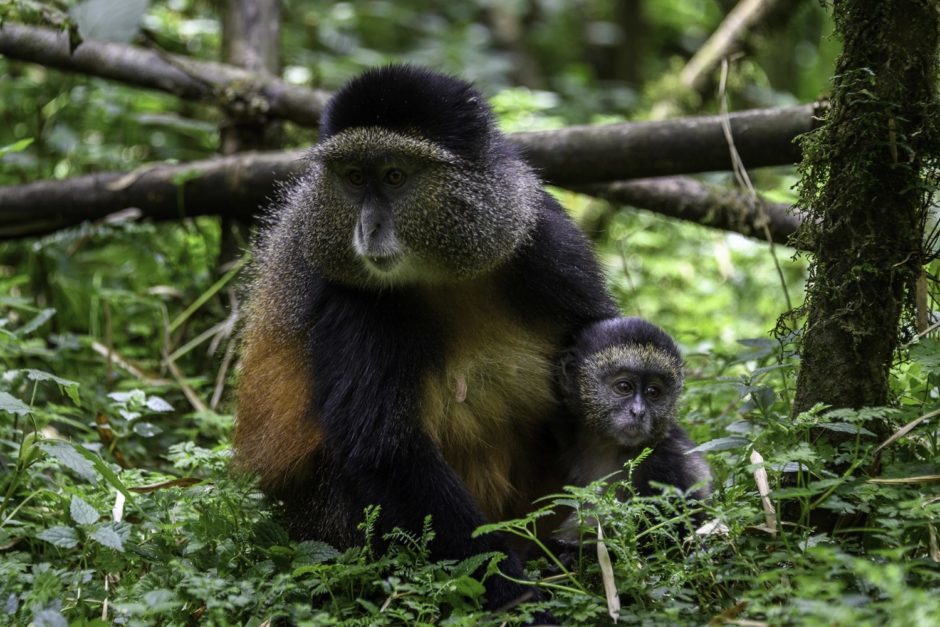
A Journey to GISWATI- Mukura National Park
It has been two years since the Rwandan government passed a law to create a new national park combining the Mukura and Gishwati forests, establishing the Gishwati-Mukura National Park – a forested area which spreads from up in the north of the country near the Volcanoes National Park, all the way down, joining the Gishwati and Mukura forests, to Nyungwe Forest. This is a great success story for the conservationists who have been fighting for a long time to protect this strip on the Congo-Nile divide.
This has been extremely exciting news for Rwanda and shows a great willingness of the government to help stabilize and protect these hugely important areas and turning the forest into a national park move has increased the number of parks in the country to four. The others are the game-rich Akagera, situated in savannah lowlands in the country’s east; Volcanoes National Park Rwanda, home to the famous mountain gorillas in the north; and Nyungwe rainforest in the south-west, one of the world’s richest ecosystems that is home to several species of primates and birds.
Giswati Mukura National Park makes the biggest part of the Nyabihu, Ngororero, Rubavu, and Rutsiro districts.
Read More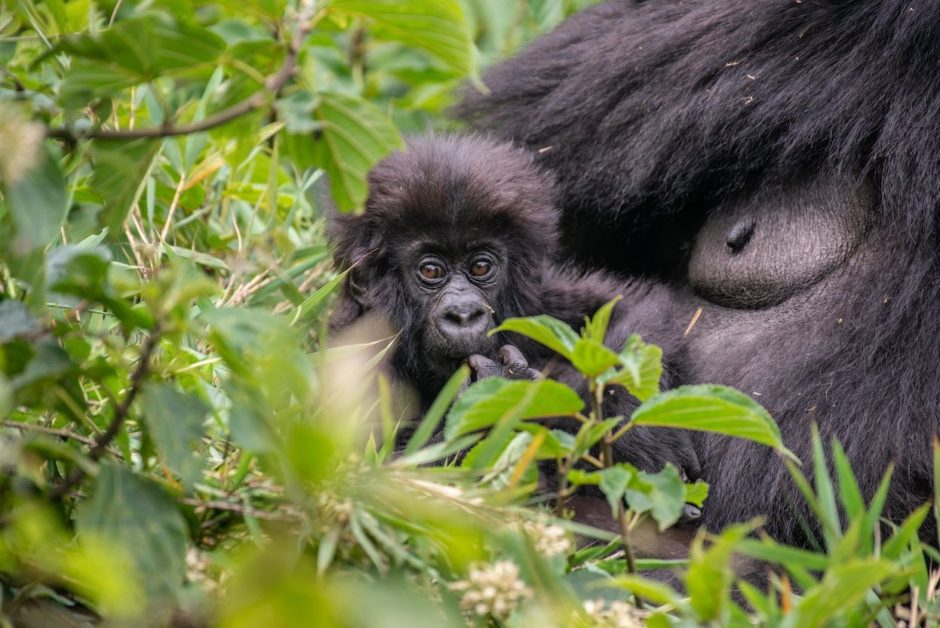
This Year Kwita Izina Celebrates conservation
24 baby gorillas will on 5th September this year receive new names during what has become Rwanda’s trademark tourism event. Dubbed ‘Kwita Izina’ after a centuries-old traditional Rwandan naming ceremony in which a newborn is welcomed into the community.
The theme for this year’s event is “Conserving now and for the Future,” and for the 11th year running, tourists, friends, conservationists, and dignitaries will join the local community to celebrate the world’s most famous great ape: the Mountain Gorilla. Vulnerable giants This year’s occasion will also celebrate the impressive 26% increase in Mountain Gorilla populations between 2000 and 2010, a feat which can be attributed in some part to gorilla conservation efforts from the government of that Rwanda’s tourism sector, working together with a number of actors.
However, man’s closest relatives remain at risk and are listed by the International Union for the Conservation of Nature as Critically Endangered. Only around 880 of these beautiful apes are left in the world today, in two isolated populations, one in the Virunga Massif area, which spans parts of Rwanda, Uganda, and the Democratic Republic of the Congo, and the other in Bwindi Impenetrable National Park, south-western Uganda.
This year’s Kwita Izina will provide a good opportunity to reflect on what can be done to further protect the fragile Mountain Gorilla. More event-packed schedule This year’s event is set to feature more activities in the build-up to the main naming ceremony. The week will commence with “Inkaz’URwanda” (loosely translated as ‘The Cows of Rwanda’) in the country’s Eastern Province, a cultural ceremony focusing on the importance of cows in the Rwandan tradition and their impact on the social-economic wellbeing of Rwandans.
Other events to be held in the build-up to the ceremony will be a conservation forum, photo exhibition, and awards to recognize local conservationists.
Read More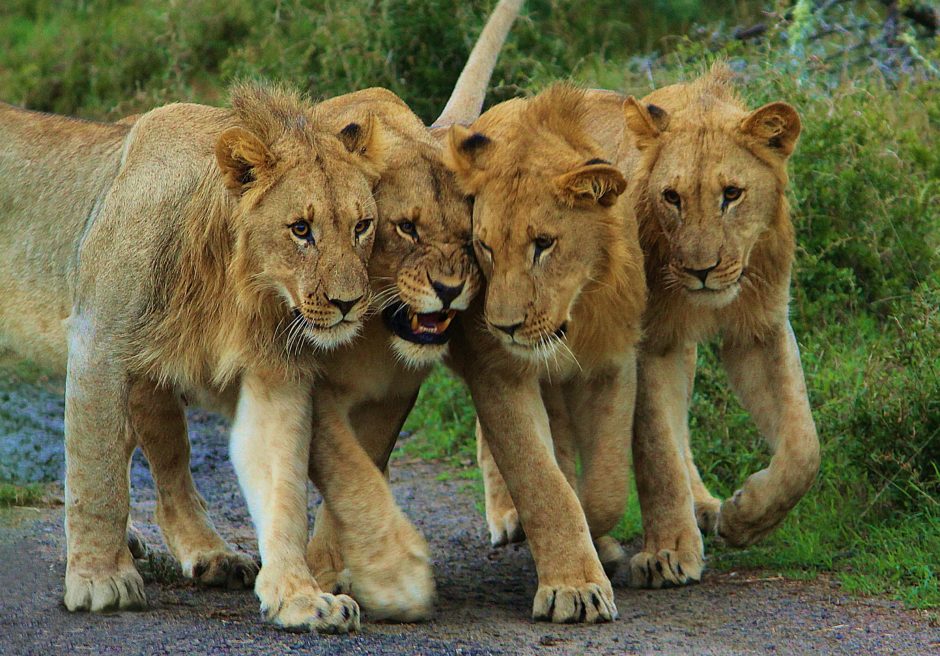
The king of the jungle is back!
More than 20 years after they were last seen in Rwanda, lions are finally back in the country’s Akagera National Park. The majestic beast fondly referred to as ‘The King of the Jungle’ was wiped out following the country’s 1994 genocide against the Tutsi. On 29th June this year, conservationists and animal lovers had reason to rejoice as seven lions- two males and five females – were transported from South Africa and arrived by air in Rwanda after a 36-hour journey. Afterward, they were slated to be released after at least two weeks quarantine into the eastern Akagera National Park.
Park officials in Akagera, a 112,000-hectare park bordering Tanzania, said the reintroduction was “a ground-breaking conservation effort for both the park and the country of Rwanda.” “It’s a breakthrough in the rehabilitation of the park,” said Yamina Karitanyi, head of tourism at the Rwanda Development Board.
“Their return will encourage the natural balance of the ecosystem.” The lions are from parks in South Africa’s KwaZulu-Natal province, from “relatively small, confined reserves where it is necessary to occasionally remove surplus lions.
The seven were chosen “based on future reproductive potential and their ability to contribute to social cohesion”, with animals including a mix of ages and genetic makeup. According to the International Union for the Conservation of Nature, the lion remains listed as vulnerable at a global level.
The rapid decline has been recorded in eastern Africa, which historically has been a stronghold for lions, IUCN said. “The return of lions to Akagera is a conservation milestone for the park and the country,” said Peter Fearnhead, head of African Parks, which helps run Akagera.
The park is fenced, but the cats will be equipped with “satellite collars” to reduce the risk of them entering inhabited areas. “The collars have a two-year life, by which time the park team will have evaluated the pride dynamics and only the dominant individuals in each pride will be recollared,” the park added.
Akagera offers plenty of food for the top predator and is home to multiple antelope species, buffaloes, giraffes, and zebras, as well as leopards and elephants. Located two hours by road from the capital Kigali, it is an important tourist destination, with some 28,000 visitors in 2014.
Read More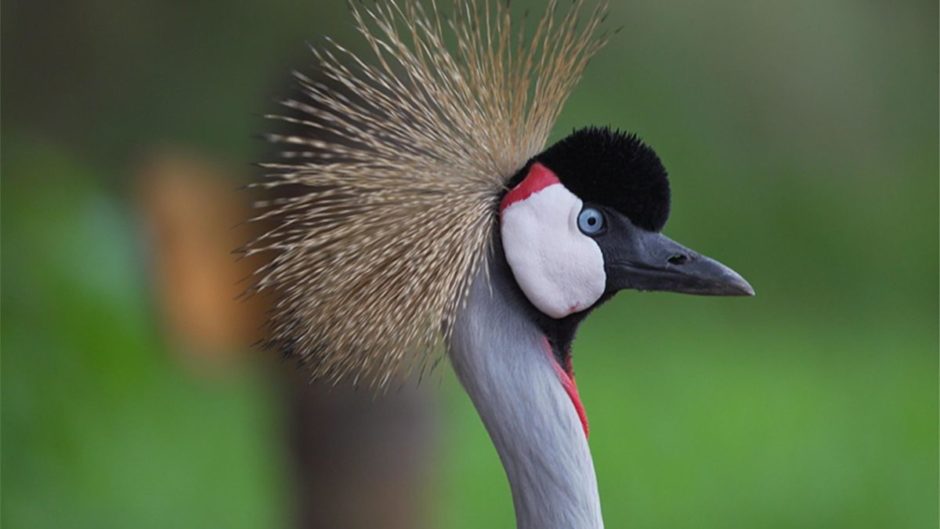
Securing the Future of Rwanda’s Crowned Cranes
A symbol of hope for the future of the Grey-crowned Crane population in Rwanda; 3 chicks were born in Akagera on Christmas day. A new generation who, thanks to the Crown Crane rehabilitation program, have been born free.
The wild population of Grey-crowned Cranes in Rwanda has been estimated at as few as 200-300, but there may be an equal number, if not more, in captivity. Veterinarian, Dr. Olivier Nsengimana, has been the driving force behind the program, working closely with RDB and Akagera Management Company, aiming to rehabilitate captive populations and return them to the wild.
The sad plight of the Grey Crane
Grey-crowned Cranes are statuesque birds and, as they are believed to be a symbol of wealth and prosperity, are now more commonly seen as ornaments in domestic gardens than in the wild. Many of these domesticated birds have had their wings clipped, or even broken so that they cannot fly away. They do not readily breed in captivity, so each captured Crane is not just a loss of one from the wild population but affects subsequent generations. Without intervention, we could easily see the demise of Rwanda’s wild Crane populations in just a few years.
RDB, Akagera come to the rescue
Early in 2014, RDB announced an amnesty whereby people and businesses in Rwanda could surrender their captive Grey-crowned Cranes and avoid prosecution for illegally possessing endangered wildlife. Through the amnesty, in Kigali city alone, almost 150 Cranes have been registered and 130 are already tagged with identifications bands on their legs. 42 of these spent six weeks in a quarantine facility in Kigali and 36 were moved to a purpose-made fenced facility near the park headquarters in Akagera National Park in January as ‘soft release’, allowing the Cranes to become accustomed to their surroundings before they chose to fly. If they have had their wings clipped, it can take between 6 months and 3 years before they are ready to fly. The program is a long-term initiative, a step-by-step process of sensitization, registration, tagging, assessment of their suitability for release and quarantine for diseases.
Within the relative safety of the fenced park headquarters, and with extremely protective and attentive parents, we are hopeful that all three chicks born in Akagera will survive and eventually fly.
How can you help?
If you happen to see a crowned Crane in the wild, look to see if it has a ring on its leg and record the number. Keeping track of the birds and any sightings will be valuable information for the program in the future. And if you have, or know of any, Crowned Cranes in gardens or hotels in Rwanda please contact the relevant authorities below.
Any Cranes found without identification tags after the amnesty period will be considered recently poached and the owners liable for prosecution which could see them fined for between 500,000 – 5 million Rwandan francs. Not all Cranes will be suitable for release but all captive Cranes must be registered and tagged.
Read More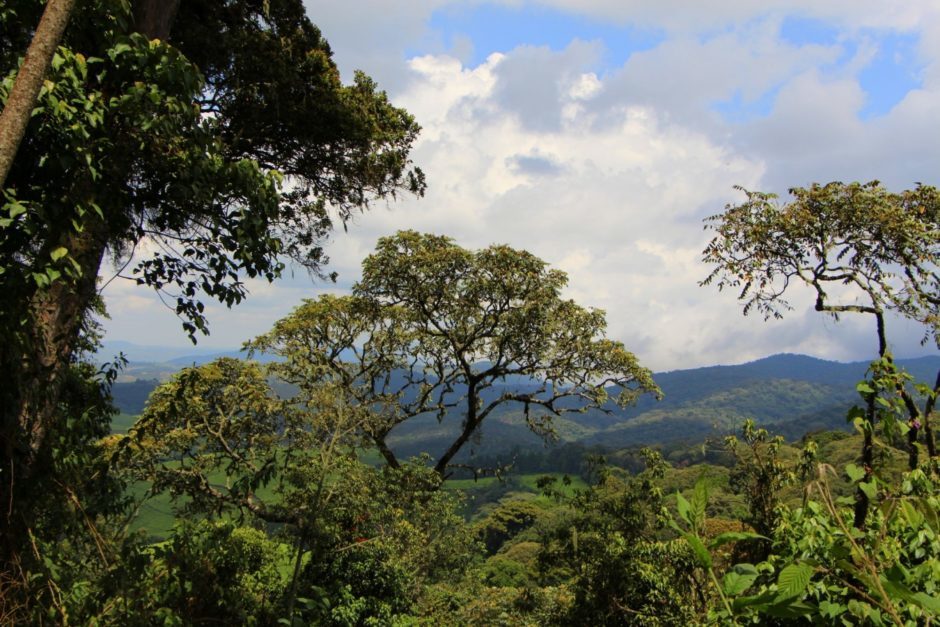
Kibira National Park in Burundi
The Kibira National Park is a national park in northwestern Burundi. Overlapping four provinces and covering 400 km². Kibira National Park lies atop the mountains of the Congo-Nile divide. It extends north from the provincial town of Muramvya to the border of Rwanda where it is contiguous with the Nyungwe National Park. It is estimated that around 16% of the park consists of primary montane rainforest, and is adjacent to two large tea plantations, one in Teza and the other in Rwegura. Dominant tree species include Symphonia globulifera, Newtonia buchananii, Albizia gummifera, and Entandrophragma excelsum.
The forest contains areas of montane bog and bamboo stands. The Kibira is home to a number of primate species, including chimpanzees and black and white colobus monkeys, and boasts over 250 species of birds, including the majestic Great Blue Turaco. The park is managed by the Institut National pour l’Environnement et la Conservation de la Nature (INECN).
Until 1933, this forest was a hunting reserve of the Kings of Burundi.
The local people respected the forest, investing it with magical power. Rights of use for livestock grazing and the gathering of forest products were recognized. The sacred character of the forest, even prior to the colonial era, helped to conserve it. Between 1933 and 1980 Kibira was classified as the Congo-Nile Ridge Forest Reserve, first under Belgian rule, then after Burundian Independence in July 1962.
Only the extraction of high-value timber was regulated and controlled. Between Independence and 1980, the right to allocate new land for cultivation within the defined boundary was abolished, although grazing rights were retained. Despite its status as a National Park, there is much pressure on parts of the forest as a result of felling of trees and cutting of bamboo, fire, and poaching, and encroaching subsistence agriculture.
Perched on the top of Congo-Nile ranges, between 1550 and 2660m of altitude, Kibira park is a majestic primeval rainy forest covering 40,000hectares. Former sacred hunting reserve for the kings of Burundi, it is today instituted a protected area and is habitat to some 98 mammal species, a dozen of primates (numerous families of chimpanzees, baboons, tailed monkeys, black colobus), but also some 200 species of birdlife.
Many streams and rivers that irrigate the country in the east as well as in the west have got their sources in this park. This rainy forest plays a major role in the formation of the basins of Congo and Nile Rivers of which it constitutes the watershed line. It is also one of Mugamba regions with the highest rainfall in the country.
Although it has not been visited since the war, this park became long ago a tourist attraction very appreciated by visitors: led by guards of the park, tourists would go deep in the dark undergrowth to discover the charms of the primeval forest, with all along the way, fantastic melodies of birds. To access the park, you pass through huge tea plantations of Teza and Rwegura, which constitute already charming attractions.
At the moment, it is possible to reach inside the park via the tourist pygmies’ village of Busekera, but also at the level of the hydroelectric dam of Rwegura, another tourist curiosity with magnificent vista, favorable to rest and an outdoor picnic.
Read More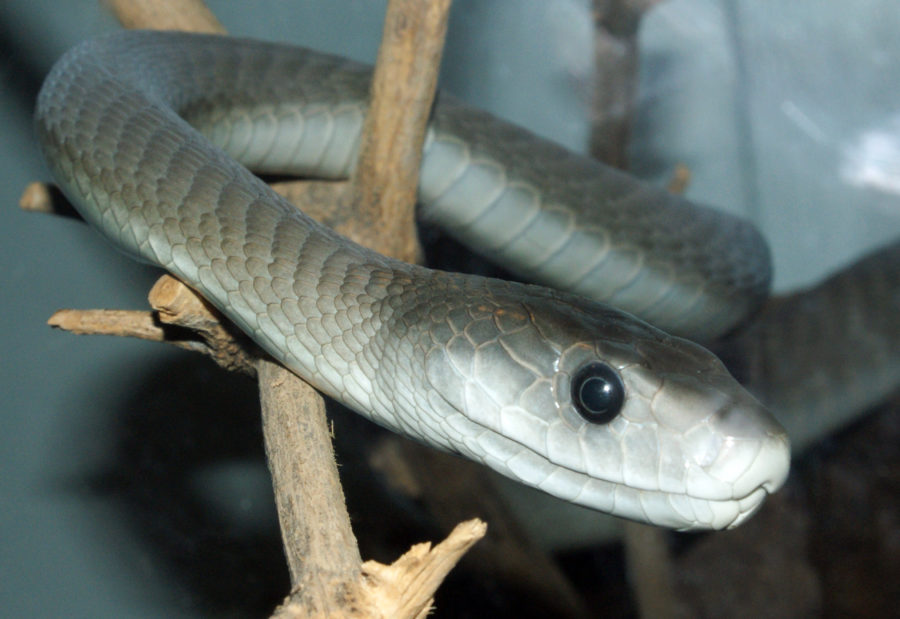
Inzoka in Rwanda
Black mamba. Rwanda is famous for its unique wildlife, the first things to come to mind are probably the world-famous mountain gorillas or perhaps the endemic bird species, depending on your inclinations.
Yet, Rwanda has much more to offer, especially if you can put your fears aside and take a look at smaller, scalier, creatures to be found…
Many people are scared of snakes. They are often, incorrectly, labeled as ‘slimy’ and ‘cold’ and it is a common misconception that all snakes are venomous and will strike and kill given an opportunity. In fact, only 5 of the 30 species found in Akagera National Park are venomous and snakes are very shy and secretive creatures. You could consider yourself lucky to see one in the wild.
In Rwanda, there are over 45 species of snakes, most of which are found in national parks. With over 30 species, Akagera has the highest diversity of snakes in the country.
The black mamba (‘Insana’ in Kinyarwanda) is perhaps one of the most infamous venomous snakes in Africa, they are large, metallic-grey snakes.
They can sometimes be seen crossing the road in the warmer hours of the day and can move with lightning speed. Other venomous snakes to watch out for include the forest cobra (‘Inshira ikirezi’), the black-necked spitting cobra (‘Inshira rukara’), the puff adder (‘Impiri’), and the boomslang (‘Imfudura’).
The East African puff adder is a beautifully colored, short, fat snake, quite distinctive in pattern and shape. Puff adders are nocturnal and due to their habit of lying in open paths, and their reluctance to move for any passersby, they are responsible for the most snake bites in Africa.
Most of the snakes encountered in Rwanda are not deadly and the diversity is vast, there is something for everybody’s taste: red; brown; yellow; stripped; banded; bright green with blue spots! No joke – the spotted bush snake is a common and harmless snake. Some snakes are specialized bird egg eaters and others only eat other snakes, some live in the lakes and others only in trees, some very rare and others fairly common.
The chance of encountering a snake in Kigali, or any developed area in Rwanda, is fairly slim. However, there are some snakes that you may be found co-habiting within the city.
Brown house snakes (‘Ikiryambeba’) are called so because of their tendency to be found in houses. Luckily they are harmless and, in fact, they can be useful to have around if you have a pest problem, they are very effective hunters and prey on rats and mice.
The western side of Rwanda has snakes that are very specific to the region and only found in the rain forests. The thick vegetation of rain forest makes snakes very difficult to see, yet if you are lucky enough to see one it could be the endemic Rwanda forest green snake resting on a high branch, or the black tree snake climbing up the trunk of a tree with incredible agility.
Another species endemic to the Albertine rift is the great lake bush viper, one of the most beautiful snakes in Rwanda.
If you do happen to encounter a snake there are certain precautions you should take. Snakes are shy but if they feel threatened they will try to scare you off: some snakes will hiss, or rub their scales against each other to produce a hissing sound; others will blow or flatten their neck to appear bigger.
This is a warning for you to back off, and if you don’t they may strike and bite as a last resort. It is important not to try to kill the snake as you may be putting yourself in more danger.
Take a picture of the snake or observe as much detail as possible in order to identify it. There is lots of information on the internet, take a look at “East African snakes and other reptiles” on Facebook, they can help you to ID the snake.
It is safer to contact a competent snake expert to remove the reptile from your garden if it is not welcome. Although most snakes are harmless, being on the sharp end of one is never a good thing.
In the event of a snake bite, the best thing to do is nothing: go to the nearest hospital and give a description of the snake that bit you.
Identifying the snake is important to know the treatment required since the venom of different snakes has a different effect on the body. Do not cut the site of the bite, suck the venom out or apply a tourniquet.
Try to stay as calm, keep the limb immobile, and, if necessary, put a splint into place to avoid movement.
Snakes are important animals and help us to keep pest numbers down, so please think again before killing a snake.
For more information, contact Kenny.
babilon@gmail.com
